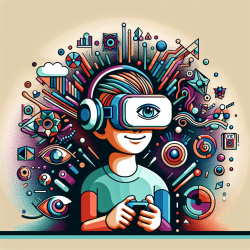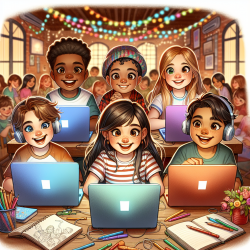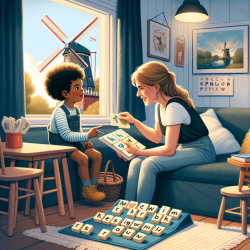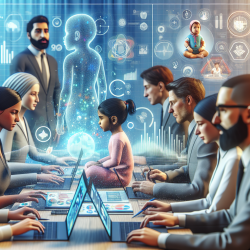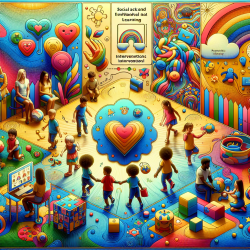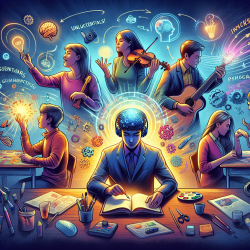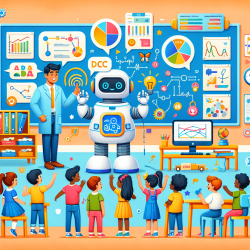In the ever-evolving field of visual rehabilitation, leveraging cutting-edge technology is essential for creating optimal outcomes, especially for children. One of the most exciting developments in this realm is the use of Virtual Reality (VR) games for treating amblyopia, a common developmental vision disorder. A recent study titled "Stereoptic serious games as a visual rehabilitation tool for individuals with a residual amblyopia (AMBER trial): a protocol for a crossover randomized controlled trial" sheds light on the efficacy of VR-based interventions. Here, we will discuss how practitioners can implement these findings to improve their therapeutic practices.
Understanding the AMBER Trial
The AMBER trial explores the use of stereoptic serious games delivered through VR headsets to treat individuals with residual amblyopia. The study involves participants aged 6-35 years, who play VR games for 30 minutes a day, five days a week, over eight weeks. The primary outcome is the improvement in visual acuity of the amblyopic eye, while secondary outcomes include enhancements in stereoacuity, functional vision, selective attention, and motor control skills.
Key Findings and Implications
The AMBER trial's findings suggest that VR-based serious games can be a potent tool for visual rehabilitation. Here are some key takeaways for practitioners:
- Enhanced Visual Acuity: The trial showed significant improvements in the visual acuity of the amblyopic eye, indicating that VR games could be as effective, if not more so, than traditional refractive correction methods.
- Improved Stereoacuity: The use of 3D cues and rich feedback in VR games helps improve stereovision, which is often a challenge with conventional therapies.
- Increased Compliance: The engaging nature of VR games can enhance compliance, a common issue with traditional occlusion therapy. The study reported high adherence rates among participants.
- Comprehensive Skill Development: Beyond visual acuity, VR games also target selective attention and motor control skills, offering a holistic approach to rehabilitation.
Practical Applications
Practitioners can integrate these findings into their therapeutic practices in several ways:
- Adopt VR-Based Interventions: Incorporate VR games like those used in the AMBER trial into your treatment plans. This can be particularly beneficial for patients who have not responded well to traditional therapies.
- Monitor Compliance and Outcomes: Use built-in software features to track patient progress and adherence. This data-driven approach ensures that treatments are tailored to individual needs.
- Educate Patients and Families: Inform patients and their families about the benefits of VR-based therapies to increase buy-in and support.
- Collaborate with Tech Providers: Partner with companies like Vivid Vision, which provide the software and hardware necessary for implementing these interventions.
Encouraging Further Research
While the AMBER trial provides promising results, further research is needed to fully understand the long-term benefits and potential limitations of VR-based visual rehabilitation. Practitioners are encouraged to contribute to this growing body of knowledge by conducting their own studies and sharing their findings with the broader community.
Conclusion
The integration of VR games into visual rehabilitation represents a significant advancement in treating amblyopia. By leveraging these innovative tools, practitioners can enhance treatment outcomes, increase patient compliance, and offer a more engaging therapeutic experience. As always, staying informed and open to new research is crucial for providing the best care possible.
To read the original research paper, please follow this link: Stereoptic serious games as a visual rehabilitation tool for individuals with a residual amblyopia (AMBER trial): a protocol for a crossover randomized controlled trial.

